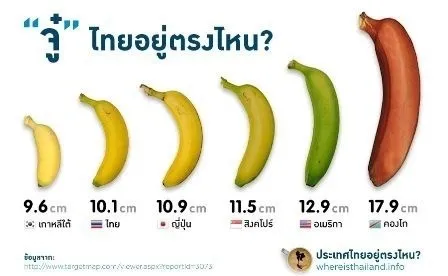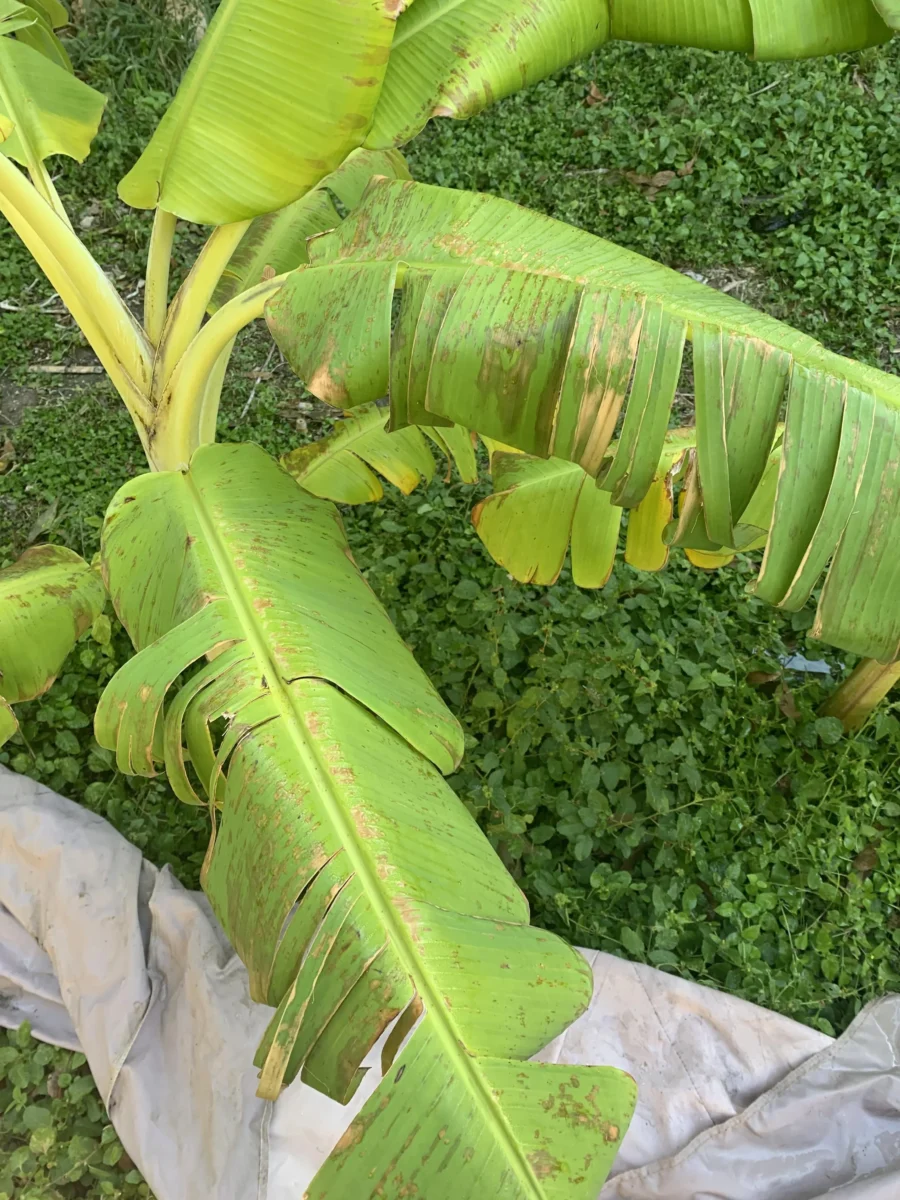Exploring Banana Sizes: Why It Matters and What You Need to Know
Bananas are one of the world`s most popular fruits, loved for their sweet taste, versatility, and nutritional benefits. But did you know that bananas come in different sizes? In this article, we`ll introduce you to bananas and their varying sizes, explore why size comparison is important, discuss the differences between various banana varieties, and highlight the nutritional benefits of bananas regardless of their size.

Whether you`re a banana-loving foodie or simply curious about this popular fruit, this article has something for you. So let`s get started and learn more about bananas and their many sizes!
An Introduction to Bananas and Their Different Sizes.
Bananas are a beloved fruit enjoyed by many around the world. While they may seem like a simple fruit, there is actually quite a bit of variation when it comes to their size.

Bananas can range from small finger-sized fruits to large ones that are over a foot long. The most common size found in grocery stores is the medium-sized banana, which measures between six and seven inches in length and has a diameter of about one inch.
But did you know that there are also miniature bananas known as “baby bananas” or “ladyfinger bananas”? These tiny fruits measure only about three to four inches in length and have a sweeter flavor than their larger counterparts.
On the other end of the spectrum, there are also extra-large bananas that can measure up to 12 inches long! These oversized fruits are often used for baking or cooking due to their substantial size and texture.
So whether you prefer your bananas small and sweet or large enough for sharing, there’s no denying that this fruit offers plenty of variety when it comes to size. And with so many different ways to enjoy them – from eating them raw as a snack to incorporating them into smoothies or baked goods – it’s easy to see why they’re such a popular choice among fruit-lovers everywhere.
Why is size comparison important for banana?
When it comes to bananas, size comparison is an important factor to consider. Not only does it affect the taste and texture of the fruit, but it also has an impact on its nutritional value.
For instance, smaller bananas tend to have a higher concentration of nutrients such as potassium and fiber compared to larger ones. This is because the nutrients are more concentrated in a smaller area.
Additionally, size comparison can also indicate the ripeness of the banana. A larger banana may be ripe on the outside but still unripe on the inside, while a smaller one may be perfectly ripe throughout.
Furthermore, understanding size comparison is crucial for commercial growers and distributors who need to ensure that their products meet certain standards for size and quality. A uniform size can make packaging and transportation more efficient while also improving customer satisfaction.
So next time you’re shopping for bananas or simply enjoying one as a snack, pay attention to its size – it could tell you more than you think about its flavor, nutrition value, and even how carefully it was grown and harvested.
Comparing the sizes of different varieties of banana.
Bananas are a popular fruit enjoyed by many, but did you know that there are several different varieties of bananas? The size of these varieties can vary greatly, from small to large and everything in between.

The most common variety of banana is the Cavendish, which is known for its medium size and creamy texture. However, there are smaller varieties such as the Lady Finger or Baby Banana, which are often used in desserts and smoothies due to their sweet flavor. On the other end of the spectrum, there is the Giant Cavendish, which can grow up to 10 inches long and is favored in some parts of Asia for its unique taste.
When it comes to comparing sizes between these different banana varieties, it’s important to note that while some may be larger or smaller than others on average, individual sizes can still vary within each variety. For example, a particularly large Cavendish banana may be bigger than a smaller Giant Cavendish.
Ultimately though, size isn’t everything when it comes to choosing a banana variety. Taste preferences should also be taken into consideration when deciding which type of banana to buy or consume. So next time you’re at the grocery store or market looking for bananas, consider trying out one of these different varieties for a unique flavor experience!
Discussing the nutritional benefits of bananas, regardless of size.
Bananas may be small in size, but they pack a powerful punch when it comes to nutritional benefits. Regardless of their size, bananas are a fantastic source of vitamins and minerals that can contribute to overall health and wellbeing.
One of the key nutrients found in bananas is potassium. This mineral is essential for maintaining healthy blood pressure levels and can also improve heart health. In addition to potassium, bananas are also high in vitamin C, which boosts immunity and supports healthy skin.
But the benefits don’t stop there. Bananas are also a great source of dietary fiber, which can aid digestion and promote feelings of fullness. This makes them an ideal snack for those looking to maintain or lose weight.

« if banana is apple apple is grapes
The Ultimate Guide to Knowing When Your Banana Bread is Done: Tips and Tricks for Perfect Baking! »
And let’s not forget about the energy-boosting properties of bananas. They contain natural sugars that provide a quick burst of energy without causing blood sugar spikes like processed sugary snacks do.
Overall, regardless of their size, bananas offer incredible nutritional benefits that should not be overlooked by anyone looking to lead a healthier lifestyle.
Conclusions and fun facts about bananas.
In conclusion, bananas are not only a delicious fruit but also a fascinating subject of study. These bright yellow fruits have been cultivated for thousands of years and have played an important role in human history.
Fun facts about bananas include that they are actually berries, and the largest herbaceous flowering plant in the world. They were first domesticated in Southeast Asia and were spread around the world by traders and travelers.
Bananas are an excellent source of fiber, vitamin C, potassium, and other essential nutrients. They can improve digestion, boost energy levels, and even help to regulate blood sugar levels.
However, bananas are also susceptible to disease and pests which can threaten their production on a global scale. This has led scientists to develop new methods of cultivation using genetic engineering techniques.
Despite these challenges, bananas remain one of the most popular fruits in the world due to their unique taste and versatility in cooking. From banana bread to smoothies – there’s no shortage of ways you can enjoy this delicious fruit!
Check out our other articles to find out even more about banana.
Bananas come in a variety of different shapes and sizes, all offering unique nutritional benefits. Banana size comparison helps us to learn more about the types of models available and how we can best incorporate them into our everyday diets. Whether you are looking for a small snack on-the-go or something larger, there is always an option that fits your needs. Check out our other articles to find out even more about bananas!










